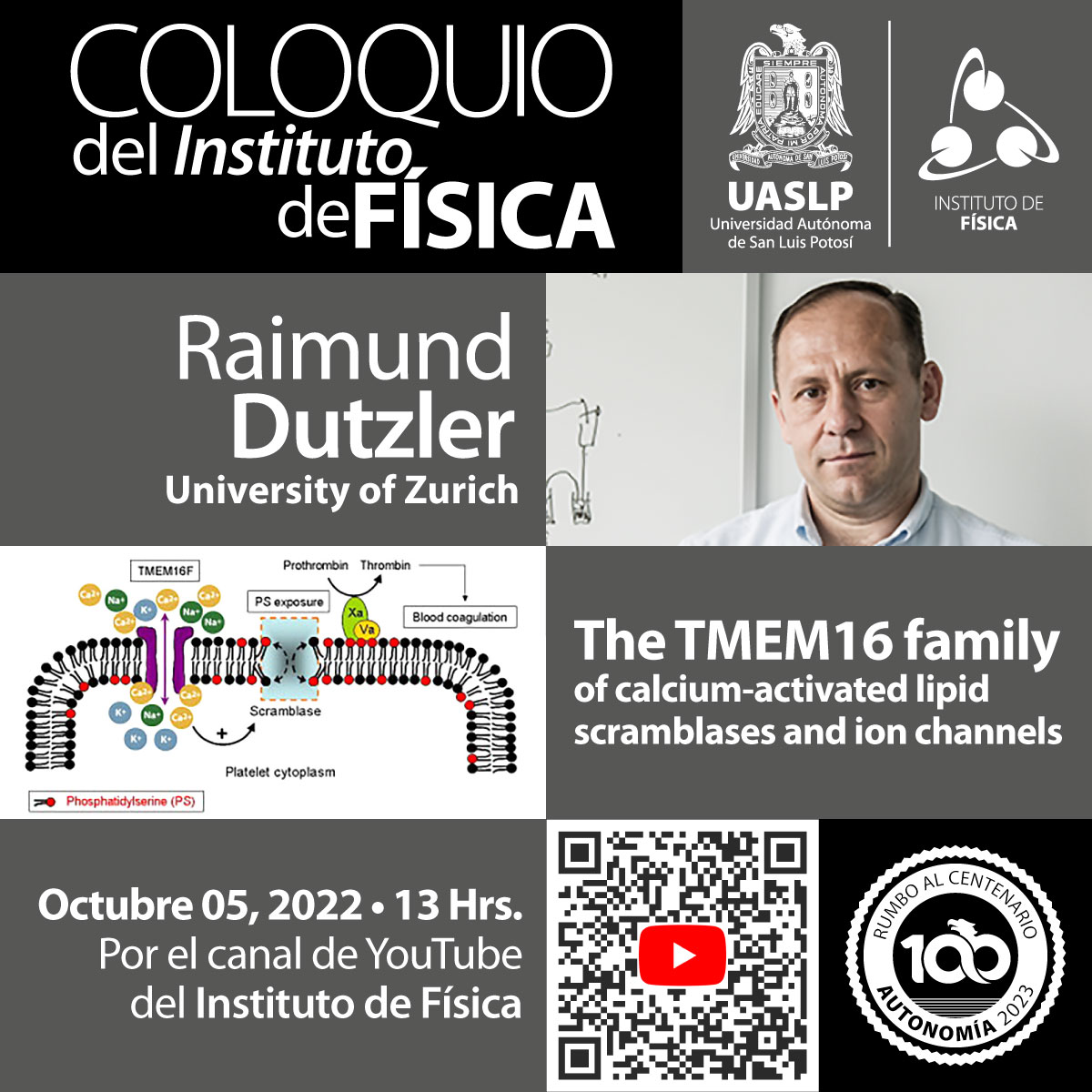
The TMEM16 proteins constitute a family of membrane proteins, which comprises lipid scramblases and Cl- channels that are involved in diverse physiological processes. Whereas TMEM16 channels contribute to Cl- secretion in airway epithelia and electrical signaling in smooth muscles and certain neurons, TMEM16 scramblases participate in blood clotting and the fusion of trophoblasts and myoblasts. Members of both functional branches share a common architecture and are activated by intracellular Ca2+ by a similar mechanism. TMEM16 proteins form homodimers of subunits that are composed of ten membrane-spanning helices. The subunits are functionally independent and contain a regulatory Ca2+-binding site embedded within the transmembrane domain and a close-by site of catalysis located at the periphery of the protein, which either facilitates ion or lipid permeation. In the fungal lipid scramblase nhTMEM16, Ca2+-binding opens a hydrophilic membrane-spanning furrow, which is hidden in the Ca2+-free protein. This furrow provides a pathway for lipid headgroups to move between both leaflets of the bilayer. In contrast, in the anion channel TMEM16A, Ca2+-binding triggers the opening of a protein-enclosed ion conduction pore located in the same region, which remains shielded from the membrane in its activated state. In this case, Ca2+ serves a dual role in promoting a conformational change to release a gate that impedes conduction in the closed state and by shaping the electrostatics to enhance anion permeation. Finally, in the lipid scramblase TMEM16F, we find both functions as lipid scramblase and ion channel contained within the same protein. Despite its close relationship to the anion channel TMEM16A, in its activated state TMEM16F assumes a structure that is distinct from either nhTMEM16 or TMEM16A, which presumably catalyzes both processes in a single conformation.










